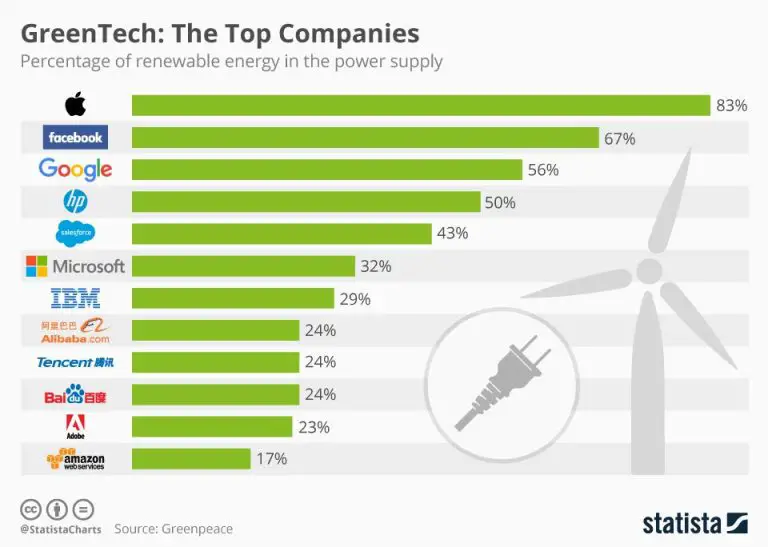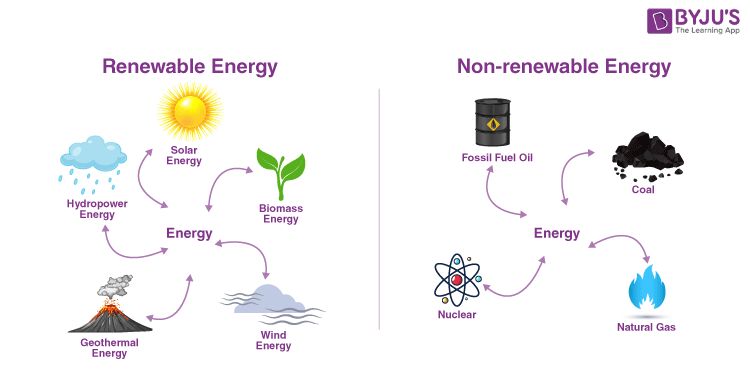What Happens If Your Solar Panels Produce Too Much Electricity?
With the growing popularity of residential solar panel installations, some homeowners are finding their systems produce more electricity than they can use. This excess solar generation can occur when solar panels are oversized or on sunny days when less power is needed in the home. While producing surplus solar power may seem ideal, it can also lead to complexities with net metering policies and credits from the utility company. This article will examine what happens when solar panels generate excess electricity, including feeding it back into the grid, earning credits, using the credits, the annual true-up process, and how excess credits are treated. We’ll also look at system sizing considerations and battery storage as ways to utilize extra solar energy produced.
Net Metering
Net metering is a billing mechanism that allows solar customers to earn credits for excess electricity they generate and export back to the grid (Source: https://www.energysage.com/solar/net-metering/). It works by using the utility grid as a battery to “store” surplus solar energy produced during the day, which can then be used at night or during cloudy weather. With net metering, your utility meter spins forwards when you draw power from the grid, and spins backward when your solar panels produce excess power beyond what you are using in your home or business (Sources: https://www.marketwatch.com/guides/solar/solar-net-metering/).
At the end of each billing cycle, you are billed only for your net energy use, hence the term “net metering.” If you produce more than you consume in a billing period, your meter will spin backward to bank those kilowatt-hours (kWh) with your utility. Your utility then issues you a credit for those surplus kWh to offset your usage during times when your solar system is not producing, like at night (Source: https://www.energysage.com/solar/net-metering/). This ensures you receive full retail value for the excess solar power you generate.
Feeding into the Grid
When solar panels produce more electricity than a home is using, the excess electricity automatically flows back into the electrical grid. This process is enabled by net metering, which allows homes with solar panels to earn credits for excess electricity they contribute (Photonbrothers 2022).
These excess kilowatt-hours are fed into the local grid and distributed to nearby homes and businesses that need more power. In a sense, the grid acts as a large battery system by absorbing solar energy during the day when excess is produced and discharging it when needed, such as in the evening when solar production drops off but demand remains high (NY Engineers 2022).
Utility companies are required in most states to credit solar panel owners through net metering for the excess power their systems contribute. This helps offset electricity drawn from the grid at night or on cloudy days (Today’s Homeowner 2022).
So in summary, any surplus solar electricity not used in the home gets automatically fed back into the grid for others to use, enabling cleaner and more distributed power across communities.
Earning Credits
When a solar energy system produces more electricity than the home uses, the excess electricity is fed back into the utility grid. This results in the homeowner earning credits, also known as net metering credits, from their utility company for the excess power they provide (source). The credits offset electricity that the home draws from the grid at night or on cloudy days. The utility essentially runs the homeowner’s meter backwards as they produce excess energy.
The value of the net metering credits depends on the specific policies and rate structures in place with the local utility company. In many areas, customers earn full retail credit for their excess solar production. This means they are credited the same price per kWh that they pay for electricity from the grid. For example, if a customer pays $0.15/kWh for grid electricity, they also earn $0.15 for every kWh their system exports. This 1:1 credit provides the full financial benefit of the solar energy they produce (source).
Net metering policies allow solar customers to maximize the value of their system and achieve the fastest payback on their investment. The credits they earn offset their grid purchases and reduce their utility bills. Many solar owners aim to produce enough to achieve “net zero,” where their credit earnings balance their grid energy costs over a billing period.
Using the Credits
With net metering, solar customers can use the credits they earn to offset the cost of any remaining electricity they consume from the grid that is not met by their solar system. For example, if a homeowner generates 5000 kWh from their solar panels over the course of a year, but consumes 6000 kWh total for the year, they would earn a credit for the 5000 kWh their panels produced and use that credit to pay for 1000 kWh drawn from the grid (6000 kWh total usage – 5000 kWh solar production = 1000 kWh from the grid).
Each kWh of credit earned offsets the cost of a kWh purchased from the utility at the retail electricity rate. So if a customer earns $500 worth of credits from their solar panels but only uses $300 worth of grid electricity in a year, they have a $200 credit balance to apply towards future bills. The credits roll over month-to-month, so excess credits in one billing cycle can be applied towards usage in the next cycle. According to SEIA, credits typically rollover for a 12 month billing cycle before expiring.
Using net metering credits allows solar customers to maximize the value of their solar investment. Even if they cannot directly use all the solar power they produce at the time it is generated, the credits allow excess energy to offset grid purchases and provide savings over an extended period.
Annual True-Up
The annual true-up process reconciles the energy you’ve sent to the grid versus what you’ve pulled from the grid over a 12-month period. With net metering, your utility tracks how much excess solar energy you export to the grid with credits. These credits offset the electricity you use from the grid at night or during cloudy weather.
At the end of your 12-month net metering period, your utility will tally up all of your energy usage and credits. If you ended up using more electricity than you produced, you will owe your utility money for the net amount of electricity you pulled from the grid. However, if you sent more power to the grid than you used, some states allow your utility to compensate you at a specified rate, typically the retail electricity rate or a lower wholesale rate. Other states may let you roll over the excess credits indefinitely to offset future usage.
For example, in California with SDG&E, at the end of your 12-month cycle, any excess credits are granted to the utility at the predetermined ReMAT or Market Price Referent rate, which is currently around 3 cents/kWh [1]. Customers can track their credits and energy usage through their monthly billing statements and annual true-up to optimize their solar system production. The annual true-up prevents customers from accumulating endless credits; instead they are compensated at a fair rate for their excess solar generation.
Excess Credits Treatment
At the end of each 12-month billing cycle, any excess credits are handled differently depending on the state and utility company. In some states like California, excess credits are granted to the utility company at the end of the 12-month billing cycle (https://www.sdge.com/residential/savings-center/solar-power-renewable-energy/net-energy-metering/billing-information/excess-generation). The credits are paid out at a lower rate known as the avoided cost rate. This is typically much lower than the retail rate paid by customers. For example, in California the avoided cost rate can be 2-3 cents/kWh while the retail rate is over 20 cents/kWh.
In other states like New York, excess credits are paid out to the customer at the full retail rate at the end of each 12-month cycle. This makes overproduction more valuable. However, some utilities still place a cap on the dollar amount paid out (https://www.energysage.com/solar/net-metering/).
When considering a solar system size, it’s important to understand the excess credit policies in your state and with your utility. Oversizing a system substantially beyond your usage may lead to excess credits being forfeited at the end of each year in some states.
System Size Considerations
It’s important to properly size your solar system to match your energy usage and minimize excess production. According to GoGreenSolar’s sizing guide, you should calculate your average daily kWh usage and then divide that number by your peak sun hours per day to determine the system size in kW that will meet your needs.
For example, if your average daily usage is 30 kWh and you get 5 peak sun hours per day, you would need a 6 kW system (30 kWh / 5 hours = 6 kW). It’s better to size your system to match your usage as closely as possible. Oversizing can lead to a lot of excess energy production that may not be fully compensated.
Some key factors to consider for system sizing include your energy usage patterns, peak sun hours based on location, and net metering policies. Consult with a qualified solar installer to determine the right system size for your home.
Battery Storage
Battery storage provides an option to absorb excess solar energy produced during peak daylight hours. Home batteries like the Tesla Powerwall allow solar panel systems to store excess energy rather than sending it back to the grid. This stored energy can then be used during nighttime hours or periods of cloudy weather when the solar panels may not be producing enough energy to meet the home’s needs (https://e360.yale.edu/features/in-boost-for-renewables-grid-scale-battery-storage-is-on-the-rise).
Battery storage systems provide more energy independence and flexibility for homeowners with solar panels. The stored energy acts as a backup for when solar production is low. This allows solar panel systems to contribute reliably to a home’s electricity supply at all times of day (https://www.energy.gov/eere/solar/solar-integration-solar-energy-and-storage-basics).
Conclusion
Overall, net metering provides important benefits for solar panel owners who produce excess electricity. The ability to feed extra solar power back into the grid and earn credits helps offset your electricity usage during non-sunshine hours. This ensures you maximize the value of your solar energy system.
While producing excess electricity does not directly earn you money, avoiding monthly electric bills through net metering credits provides significant savings. Carefully monitoring your credit balance and planning for your annual true-up date are key to optimizing the system. Considering battery storage can also help capture excess production.
With a balanced solar system size and participation in net metering programs, you can take full advantage of the clean, renewable power your panels produce.






